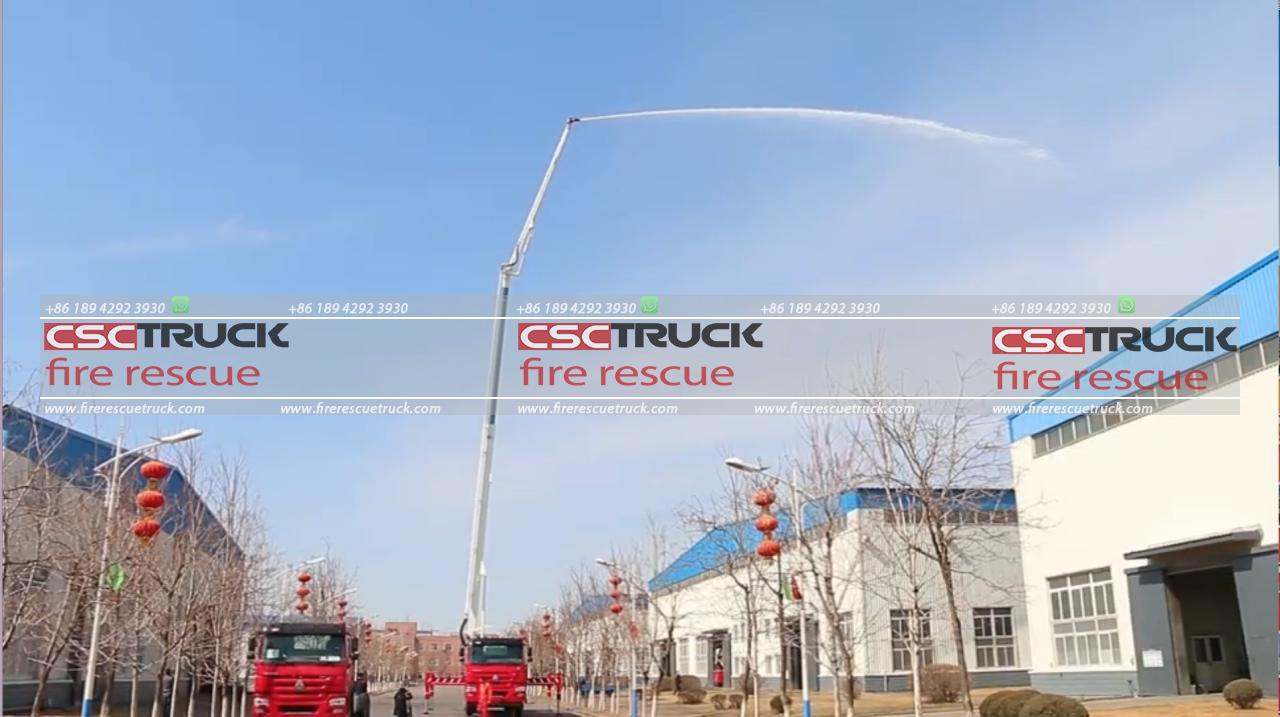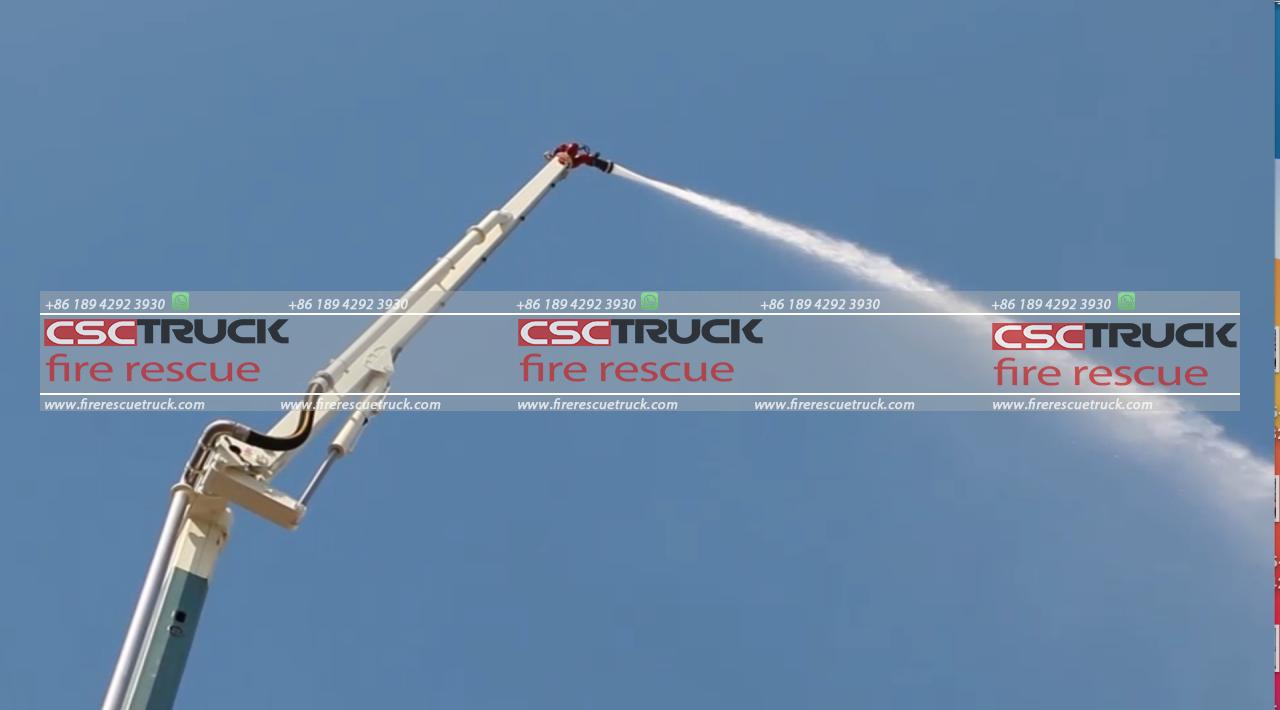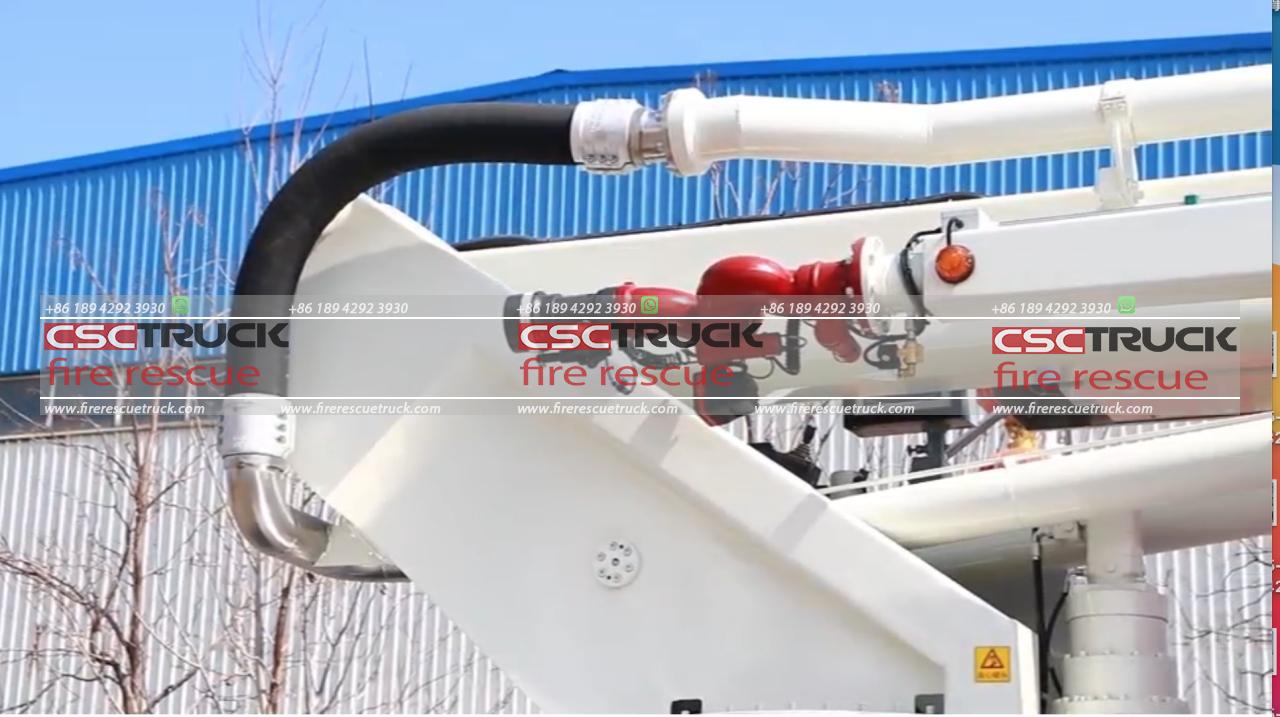What is a Squirt Fire Truck?
Firefighting is a demanding and complex profession that requires specialized equipment to handle various emergency scenarios. One such piece of equipment that plays a critical role in fire suppression and rescue operations is the “Squirt Fire Truck.” While it may sound like an amusing name, Squirt fire trucks are highly effective and versatile firefighting apparatuses designed to extend the reach of a fire hose, making it easier for firefighters to tackle flames in difficult-to-reach places. This article will delve into what a Squirt fire truck is, its unique features, the scenarios in which it is used, and how it compares to other firefighting vehicles.
Understanding the Squirt Fire Truck
The Squirt fire truck, often referred to simply as a “Squirt,” is a type of fire engine equipped with an articulated water boom that extends from the top of the vehicle. This boom typically ranges from 50 to 75 feet in length and provides a water stream that can be directed at specific targets. The design of the boom allows for precise maneuverability and control, making it possible for firefighters to direct water into areas that are otherwise inaccessible, such as rooftops, high windows, and deep into structures.
The name “Squirt” comes from the truck’s ability to squirt water at a high rate of pressure and volume, effectively delivering large quantities of water to extinguish fires quickly. Unlike traditional ladder trucks or engines, which may rely on straight nozzles or ground-based operations, the Squirt’s boom arm provides a hybrid capability of an elevated water stream without the need for a full-scale aerial ladder.

Unique Features of the Squirt Fire Truck
1. Articulating Water Boom: The primary distinguishing feature of a Squirt fire truck is its articulating water boom. The boom usually consists of multiple sections that are hydraulically controlled, allowing the nozzle to pivot and extend in various directions. This flexibility enables firefighters to reach over obstacles, such as trees or other vehicles, and around corners.
2. Compact and Versatile: Squirt fire trucks are generally more compact than aerial ladder trucks, making them suitable for urban environments or areas with narrow streets where a larger vehicle may struggle to maneuver. Their size and turning radius allow them to access tight spaces while still providing a high-volume water flow.
3. High-Pressure Nozzle: At the tip of the boom is a high-pressure nozzle that can be remotely controlled from within the cab or through a dedicated control panel outside the truck. The nozzle can produce varying patterns, from a narrow jet for focused attacks to a wide spray for cooling or exposure protection.
4. Pump and Water Tank Capacity: Squirt fire trucks are typically outfitted with powerful pumps capable of delivering water at high rates, often exceeding 1,000 gallons per minute (GPM). The onboard water tank can vary in size but usually holds between 500 to 1,000 gallons, providing an initial water supply until a hydrant or additional resources are connected.
5. Stabilization Outriggers: To ensure stability during operation, Squirt trucks are equipped with hydraulic outriggers that extend from the sides of the vehicle when the boom is in use. These outriggers prevent the truck from tipping over due to the combined forces of water pressure and boom movement.
6. Multiple Use Cases: Aside from fire suppression, Squirt trucks can also be used for rescue operations. The boom can serve as an anchor point for lowering personnel or equipment or can be used to direct foam or other agents onto hazardous materials spills.
When are Squirt Fire Trucks Used?
Squirt fire trucks are particularly useful in situations where precision and flexibility are needed. They excel in scenarios such as:
1. Urban Fires: In congested urban areas with narrow streets or alleys, a Squirt truck can maneuver more easily than larger aerial apparatuses. Its boom can be extended over parked cars or low-rise buildings to reach upper-story windows or roofs.
2. Industrial Fires: Industrial complexes often have a complex layout, making it difficult for ground-based units to reach certain areas. The Squirt’s boom can be directed over pipes, machinery, or storage containers, delivering water directly to the source of the fire.
3. Residential and Commercial Buildings: For single or two-story structures, a Squirt truck can provide the elevated water stream typically achieved by ladder trucks, but with a smaller footprint. This is beneficial when space is limited or when multiple apparatuses are working in the same area.
4. Brush and Wildland Fires: In wildland settings where accessibility is a challenge, a Squirt truck can position itself on a roadway or open field and use its boom to suppress flames in hard-to-reach areas, such as ravines or dense brush.

Comparison to Other Fire Apparatus
While Squirt fire trucks offer unique capabilities, they are not a one-size-fits-all solution. They are often compared to traditional aerial ladder trucks, platform trucks, and pumper engines.
– Aerial Ladder Trucks: These trucks feature long, extendable ladders that can reach up to 100 feet or more. While aerial ladders are ideal for high-rise rescues and elevated water streams, they lack the flexibility of a Squirt’s articulating boom. Squirt trucks are better suited for short- to mid-range elevated operations with precise water placement.
– Platform Trucks: Platform trucks have a bucket or platform at the end of their boom, providing a safe area for firefighters to stand while elevated. These are primarily used for rescue or ventilation operations, whereas Squirt trucks are more focused on water delivery.
– Pumper Engines: Traditional pumper engines are the backbone of fire departments, delivering water from ground-based hose lines. Squirts, however, add an elevated dimension to water delivery that standard pumpers cannot achieve.
Innovations and Future of Squirt Fire Trucks
Over the years, the design and technology of Squirt fire trucks have evolved. Modern units may include computer-controlled nozzles, integrated thermal imaging cameras for locating hotspots, and advanced stabilization systems. Some manufacturers have also developed multi-functional Squirts that can switch between water and foam delivery, enhancing their utility in chemical or oil fires.

Conclusion
The Squirt fire truck is an indispensable tool in the arsenal of firefighting equipment, known for its versatility, compact size, and specialized boom that allows for precise and elevated water delivery. While it may not be as common as standard pumpers or aerial ladders, its unique capabilities make it invaluable in many scenarios. Fire departments looking to enhance their operational flexibility and effectiveness should consider incorporating Squirt fire trucks into their fleets. Whether tackling urban blazes, industrial infernos, or wildland fires, the Squirt truck stands out as a specialized piece of apparatus designed to meet the challenges of modern firefighting head-on.







